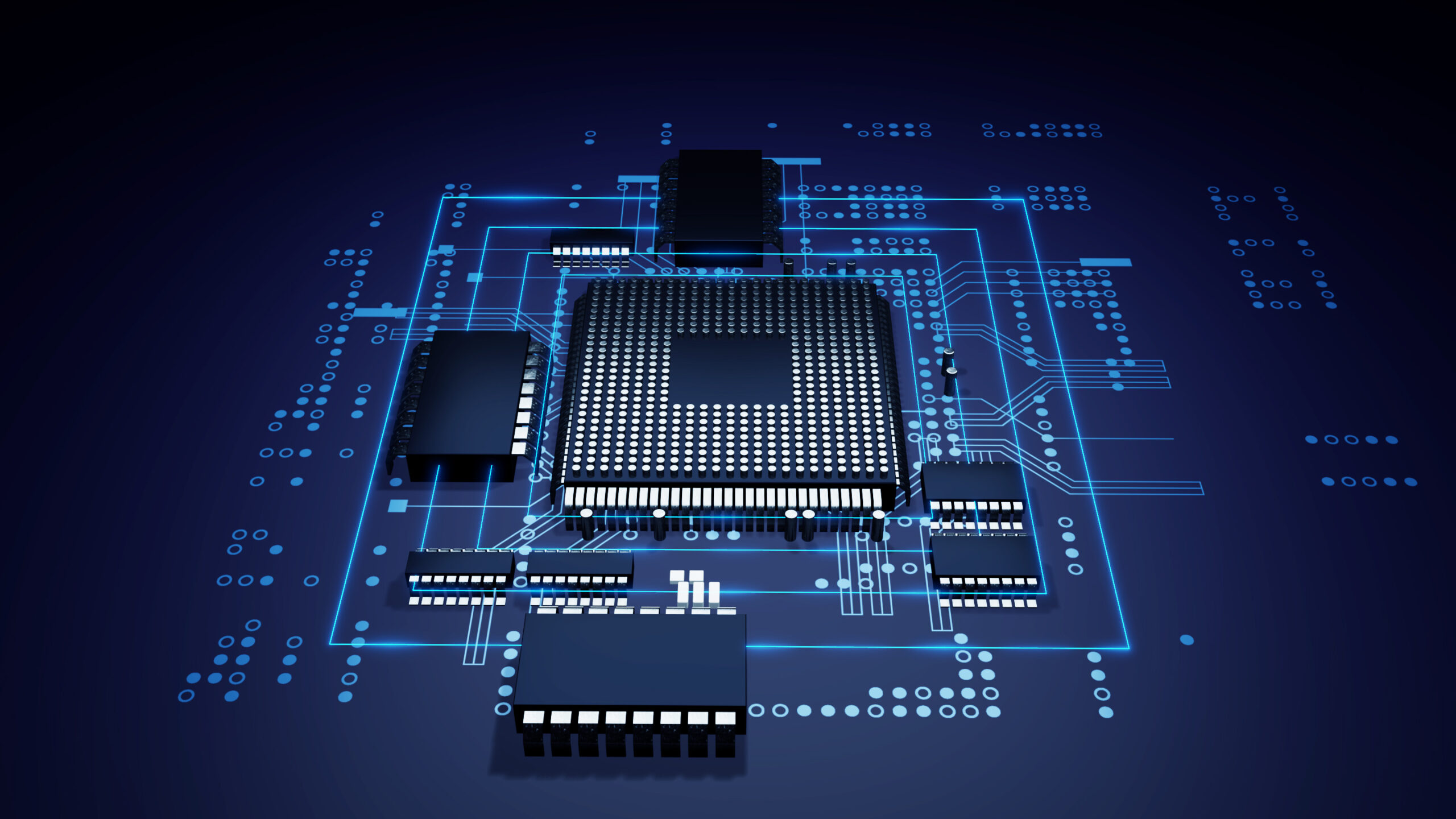
A technical paper titled “DRAM Translation Layer: Software-Transparent DRAM Power Savings for Disaggregated Memory” was published by researchers at Seoul National University.
Abstract:
“Memory disaggregation is a promising solution to scale memory capacity and bandwidth shared by multiple server nodes in a flexible and cost-effective manner. DRAM power consumption, which is reported to be around 40% of the total system power in the datacenter server, will become an even more serious concern in this high-capacity environment. Exploiting the low average utilization of DRAM capacity in today’s datacenters, it is appealing to put unallocated/cold DRAM ranks into a power-saving mode. However, the conventional DRAM address mapping with fine-grained interleaving to maximize rank-level parallelism is incompatible with such rank-level DRAM power management techniques. Furthermore, existing DRAM power-saving techniques often require intrusive changes to the system stack, including OS, memory controller (MC), or even DRAM devices, to pose additional challenges for deployment. Thus, we propose DRAM Translation Layer (DTL) for host software/MC-transparent DRAM power management with commodity DRAM devices. Inspired by Flash Translation Layer (FTL) in modern SSDs, DTL is placed in the CXL memory controller to provide (i) flexible address mappings between host physical address and DRAM device physical address and (ii) host-transparent memory page migration. Leveraging DTL, we propose two DRAM power-saving techniques with different temporal granularities to maximize the number of DRAM ranks that can enter low-power states while provisioning sufficient DRAM bandwidth: rank-level power-down and hotness-aware self-refresh. The first technique consolidates unallocated memory pages into a subset of ranks at deallocation of a virtual machine (VM) and turns them off transparently to both OS and host MC. Our evaluation with CloudSuite benchmarks demonstrates that this technique saves DRAM power by 31.6% on average at a 1.6% performance cost. The hotness-aware self-refresh scheme further reduces DRAM energy consumption by up to 14.9% with negligible performance loss via opportunistically migrating cold pages into a rank and making it enter self-refresh mode.”
Find the technical paper here. Published: June 2023.
Wenjing Jin, Wonsuk Jang, Haneul Park, Jongsung Lee, Soosung Kim, and Jae W. Lee. 2023. DRAM Translation Layer: Software-Transparent DRAM Power Savings for Disaggregated Memory. In Proceedings of the 50th Annual International Symposium on Computer Architecture (ISCA ’23), June 17–21, 2023, Orlando, FL, USA. ACM, New York, NY, USA, 13 pages. https://doi.org/10.1145/3579371.3589051.
Related Reading
DRAM Knowledge Center
Dealing With Performance Bottlenecks In SoCs
A surge in the amount of data that SoCs need to process is bogging down performance, and while the processors themselves can handle that influx, memory and communication bandwidth are straining.
- SEO Powered Content & PR Distribution. Get Amplified Today.
- PlatoData.Network Vertical Generative Ai. Empower Yourself. Access Here.
- PlatoAiStream. Web3 Intelligence. Knowledge Amplified. Access Here.
- PlatoESG. Automotive / EVs, Carbon, CleanTech, Energy, Environment, Solar, Waste Management. Access Here.
- BlockOffsets. Modernizing Environmental Offset Ownership. Access Here.
- Source: https://semiengineering.com/dram-translation-layer-mechanism-for-flexible-address-mapping-and-data-migration-within-cxl-based-memory-devices/



